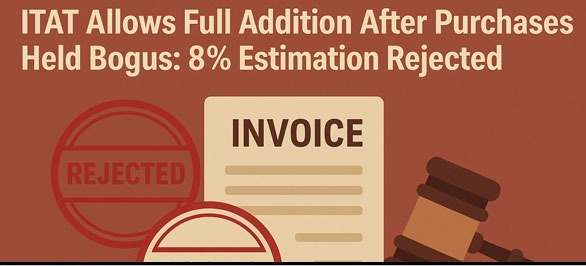Deka, J.@mdashThis is a petition for revision filed u/s 439 of the Code of Criminal Procedure on behalf of four persons Lalit Mohan Pal, Srimanta Kumar Pal, Kripa Mohan Pal, and Kedar Mohan Pal against the conviction and sentence passed in Case No. 14550 of 1950 of the Silchar Court which were upheld by the appellate Court.
2. All the petitioners were convicted u/s 341, I. P. C. and sentenced to pay a fine of Rs. 60/- in default three months'' rigorous imprisonment. Accused Lalit Pal in addition, was convicted u/s 323, I. P. C. and sentenced to pay a fine of Rs. 60/-, in default three months'' rigorous imprisonment. The other three accused Srimanta, Kripa and Kedar were convicted u/s 352, I. P. C. and sentenced to pay a fine of Rs. 25/- each, in default rigorous imprisonment for one month. AH the accused persons were further directed u/s 106, Criminal P.C. to execute a bond for Rs. 200/- each with one surety for keeping the peace during the period of two years. There was an order u/s 522, Criminal P.C. restoring the possession of the eastern wing of the disputed house to the south ''bhiti'' where the complainant Har Kumar Pal formerly lived.
3. The case for the prosecution was that the complainant Har Kumar Pal and accused Lalit Mohan Pal had a joint motor business which was subsequently liquidated but even after their business failed they used to live jointly in a house occupying different compartments. During the Durga Puja in the year 1950, Har Kumar left his apartments in charge of his mother and he and his other members of the family left for a short tour outside Govindapur where the house was situated. On Har Kumar''s return to Hailakandi. On the next day he found his mother there and all the members of his family returned to his house at Govindapur, the next day where his entrance was obstructed by Lalit and other accused persons.
On the morning following when Har Kumar''s mother made an attempt to enter the house she was physically assaulted by the accused persons Lalit taking the lead, and Har Kumar was also assaulted in the course of rescuing his mother. Their injuries were examined by the doctor and he has been a witness in the Court below. The defence was that Har Kumar had actually sold the portion of his house to Lalit and that the story of assault and dispossession was false in its entirety. The first Court found a case made out against the accused persons and they were convicted and sentenced as stated above and their appeal failed.
4. Mr. Ghose appearing for the petitioners has raised an objection as to the joinder of charges stating that the offence u/s 341, I. P. C. was alleged to have taken place on 20th October 1950 and the assault took place on the 21st and as such, the trial was vitiated for misjoinder of charges. Taking the prosecution story as a whole, both the occurrences can be said to have taken place in the course of the same transaction and this objection not having been taken in the Courts below, we do not think there is sufficient justification for giving any weight to this contention inasmuch as in our, opinion there has been no failure of justice as a consequence thereof.
5. The second contention of Mr. Ghose has been that the order u/s 106, Criminal P.C. cannot be maintained in view of the fact that there is no finding as to the likelihood of the breach of peace. On a perusal of the Judgment we are satisfied that the learned Magistrate has given no reasons to hold that there is any apprehension or likelihood of any breach of the peace and in consideration thereof, we do not think the order u/s 106, Criminal P.C. is justified and as such, it is liable to be vacated.
6. Mr. Ghose has, however, put greater emphasis on the point that the order u/s 522, Criminal P.C. cannot be maintained in the facts and circumstances of this case and. in support of his contention he has relied on Narnin Singh v. Panna Lal 22 Lah 512, wherein it has been held that entering into the vacant possession of a house in the absence of the complainant does not amount to an offence committed by the accused attended by criminal force or show of force within the meaning of Section 522(1), Criminal P.C. and the person dispossessed cannot be restored to the possession of his property under the provision of that Act. The other case on which Mr. Ghose has relied is D.K. Aswatha Narayana v. J. Muneppa ILR (1943) Mad 900.
With regard to the first case, we must say that We cannot agree with the view of the Hon''ble Judges deciding that case as in our opinion the retention of the possession by a criminal trespasser by show of criminal force as well amounts to factual dispossession in the eye of law for which a relief u/s 522, Criminal P.C. can be given when the Court thinks it justified. This view is supported by the decision of the Allahabad High Court reported in
7. The result is that the Rule fails except with regard to the order u/s 106, Criminal P.C. which is vacated. The sentences in default of realization of fine is reduced to one week in each case.
Ram Labhaya, J.
8. I agree.

